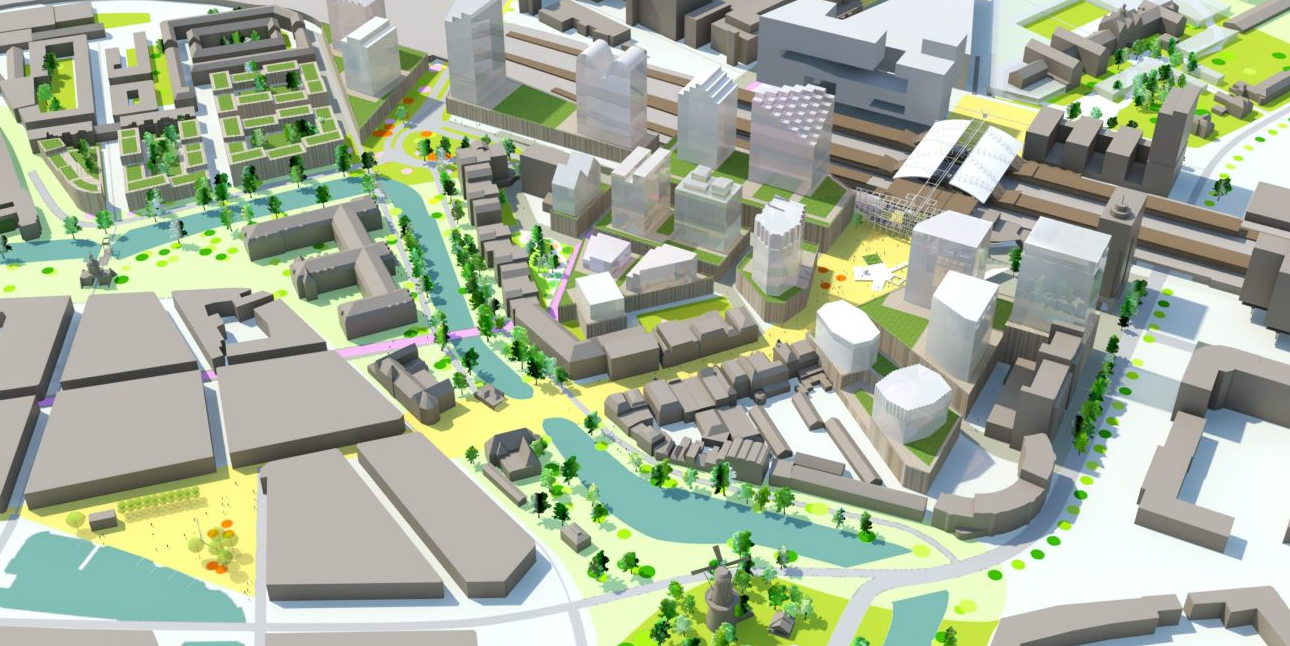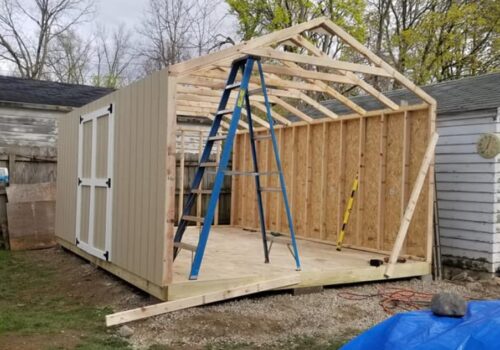Exploring the Key Principles of Urban Design for Vibrant Cities
When we think of vibrant cities, what comes to mind? Bustling streets, cultural diversity, and a sense of community, right? But have you ever wondered what makes these cities so vibrant and appealing? The answer lies in the art and science of urban design. In this blog, we will delve into the key principles of urban design that contribute to the vibrancy of the cities.
1. Human-Centered Design
At the heart of urban design is the principle of creating spaces for people. It’s about ensuring that streets, parks, and buildings are designed for the well-being and convenience of residents and visitors. A people-centric approach means prioritizing walkability, accessibility, and public spaces that foster social interaction.
2. Mixed-Use Development
To create vibrant cities, we need to mix it up. Mixing residential, commercial, and recreational spaces within the same neighbourhood encourages a dynamic environment. This concept promotes shorter commutes, reduces traffic congestion, and enhances the sense of community.
3. Sustainable Design
Sustainability is no longer an option but a necessity. Sustainable urban design incorporates green spaces, energy-efficient buildings, and eco-friendly transportation options. Cities that prioritize sustainability not only benefit the environment but also attract residents and tourists who appreciate a commitment to a greener future.
4. Cultural Preservation
Every city has a unique cultural identity. Urban design should respect and celebrate this heritage. By preserving historical sites and integrating cultural elements into the urban fabric, we ensure that cities retain their character and charm.
5. Smart Transportation
Efficient transportation is vital for urban vibrancy. Smart urban planning in Christchurch, for example, incorporates well-connected public transit, pedestrian-friendly streets, and bike lanes to reduce reliance on cars. This approach not only eases congestion but also promotes a healthier lifestyle.
6. Public Art and Green Spaces
A touch of art and greenery can transform a mundane street into an inviting space. Public art installations and well-maintained parks add a creative and relaxing dimension to the urban landscape. These spaces become focal points for gatherings and cultural activities.
7. Community Engagement
Successful urban design is a collaborative effort. It involves engaging with local communities to understand their needs and aspirations. When residents have a say in the design process, they are likelier to feel a sense of ownership and pride in their city.
Conclusion
In conclusion, urban design is the key to creating vibrant, livable cities. By focusing on principles such as human-centred design, mixed-use development, sustainability, cultural preservation, smart transportation, public art, and community engagement, we can shape cities that people adore. When applied thoughtfully, these principles can lead to cities that are not just functional but also teeming with life and character.





